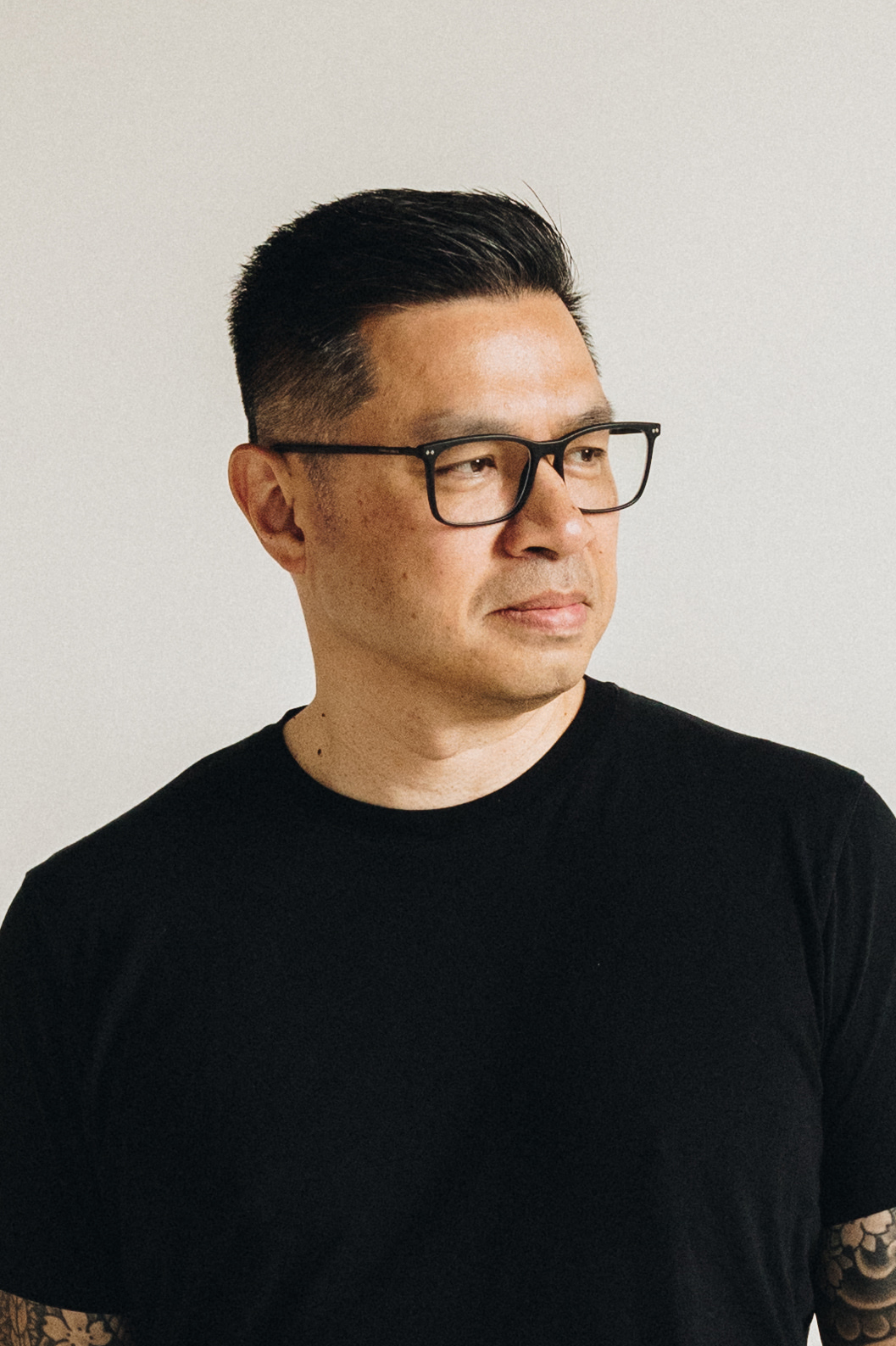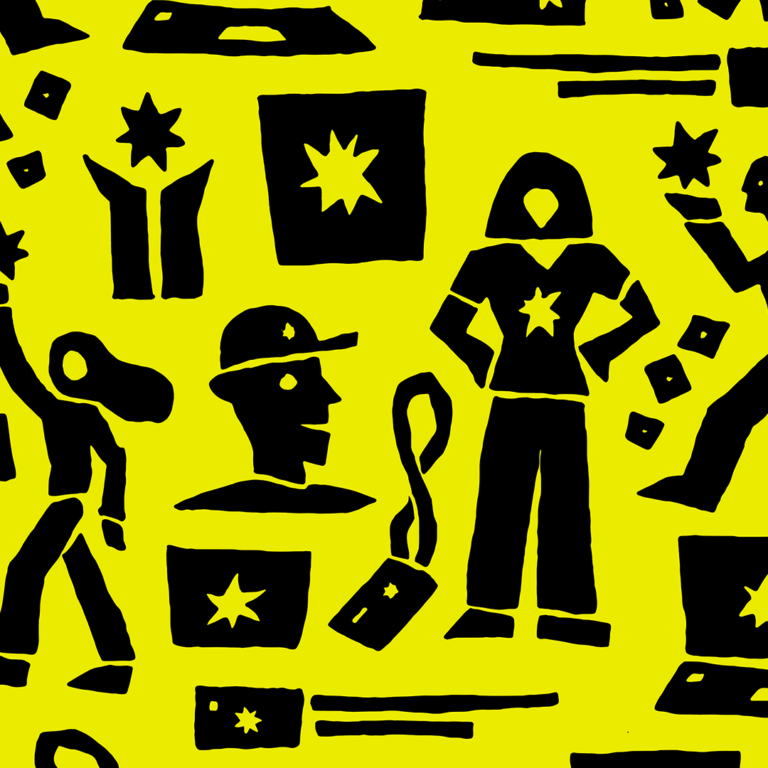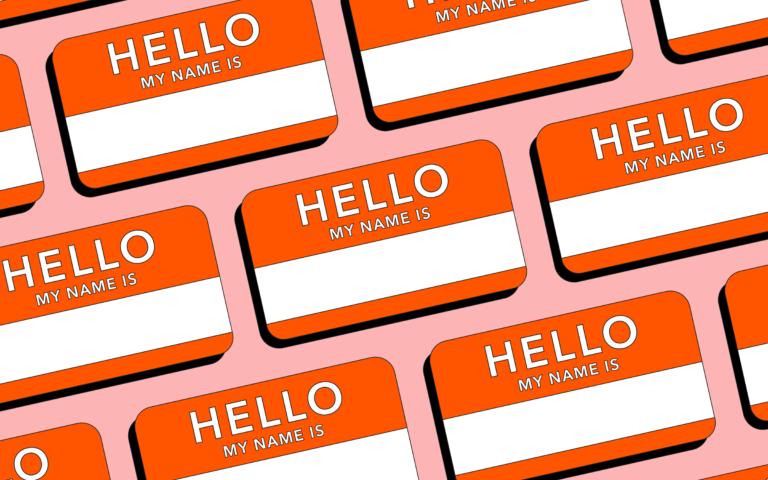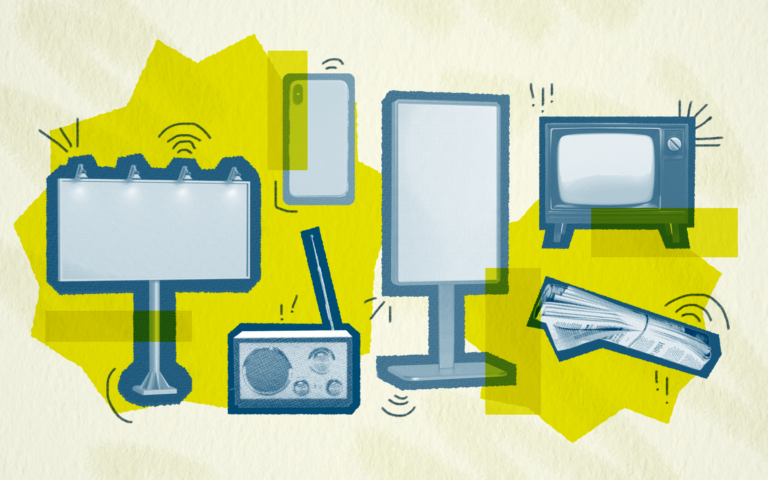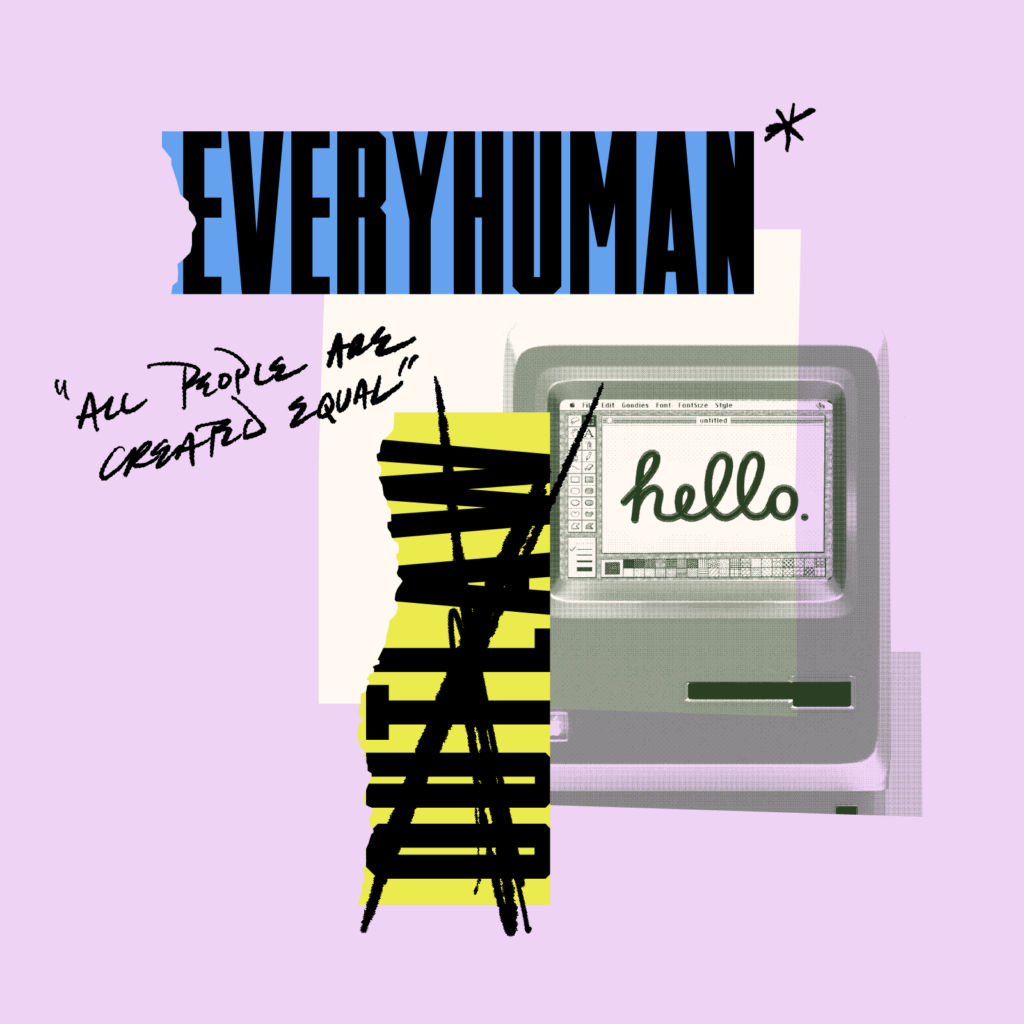
Archetypes Explain Why Apple Doesn’t Feel the Same
It doesn’t take a marketing expert to notice that Apple has changed in the last couple years. Whether it’s the ads starring characters like Chloë Sevigny and Cookie Monster, or the all new, yet still old-feeling iPhone SE, everything from their marketing to product development has felt out of step. Tech critics have been eager to talk about how Apple could keep pace with, well, Apple once again. Their product lineup could be less bloated. They could focus more on the partnerships that make their software useful. They could surprise people instead of perfecting competitors’ products (styluses, phablets and watches). Then, of course, there’s the classic criticism: Apple just hasn’t been the same since Steve Jobs died.
Is Apple suffering from a change in leadership or is something else happening? To me, a more fundamental strategy shift has been underway at Apple, even if it’s not intentional on their part. What’s going on is they have veered away from their brand archetype. Archetypes were developed by Carl Jung and represent basic human needs, aspirations or motivations. We intuitively “get” archetypes because they appear in the greatest stories with universal themes. They are a shortcut to brand meaning and personality. Once you recognize this, everything Apple has been doing lately feels ordered by this shift.
So, what has Apple’s archetype traditionally been? When the company debuted their famous “1984” Super Bowl spot, they were firmly establishing themselves as an Outlaw archetype. The Outlaw’s motto is “rules are made to be broken,” and their core desire is revolution. Often outrageous and rebellious, the Outlaw is a disruptor that wants to overturn everything that isn’t working, just like when Steve Jobs pared down Apple’s product lines to focus on the iMac. You can see this instinct in many of Apple’s early-2000’s actions, from radical innovations like the invention of the iPod to Steve Jobs’ banishment of Flash from mobile devices. Their Outlaw archetype, in some ways, nicely dramatized Jobs’ banishment and return to the company. After all, it’s absolutely something that would happen to a true Outlaw. With his Ashton Kutcher-in-a-beatnik-turtleneck good looks, reputation for being a hardass and visionary sense of design, Steve Jobs embodied the Outlaw archetype to a T.
The question is, is a company’s archetype inextricably tied to its founder or CEO? Or can it exist independent of this figure, or live on after they’re gone? Having a character like Steve Jobs helm your company is definitely good for your marketing, not to mention your share price. But is it necessary? No. Your archetype is established and reinforced by all of your business and marketing actions, not just the personality of your company’s leadership.

That means Tim Cook’s demeanor during Apple events is not to blame for the change in Apple over the last few years. Instead, their shift in archetype is evidenced most clearly in their communications and product development. If you look at their voice & tone, they’ve moved away from talking about themselves as challengers, as a company that goes against the grain. Instead they feel overwhelmingly inclusive, enlightened and well, likable. There’s nothing wrong with their ad featuring Taylor Swift listening to Drake on a treadmill, necessarily. It just feels like it’s coming from a different archetype: The Regular Guy. This archetype’s motto is “all men and women are created equal” and his goal is to belong. Other classic Regular Guy brands are Visa, Ikea and Miller Lite, brands that give people a sense of belonging and provide everyday functionality.
This is further evidenced in Apple’s latest product releases. Instead of overturning convention, Apple is taking competitor’s products and perfecting them, making them easier to use and more human. Enjoy having a giant phone? Apple’s has moving photos that capture your kid throwing their banana slices off their high chair. That’s better right? Want a smart watch? Ours can feel your baby’s heartbeat — when she’s still in the womb. Impressive, and still something to marvel at, but there’s definitely a different vibe at work.
This change in archetype also explains why Apple events have felt increasingly milquetoast and anticlimactic. We used to expect product releases that would inspire people to stay up all night camping outside the Apple store, needing to get their new device ASAP. Now we get various employees prattling off sustainability statistics, like the most corporate of global corporate brands. This raises a question: is Apple just too big now to be an Outlaw? As one of the richest companies on the planet, have they lost the underdog narrative they need to feel truly disruptive? Do they now need to focus on less glamorous tasks like penetration and acquisition over say, pissing off Bill Gates? Their scale could be another element at work, although it’s not impossible for a heavyweight to remain an Outlaw. The Outlaw is a pioneer after all, and who has more freedom to innovate and take chances than a company with billions of dollars at their disposal?
Apple doesn’t need Steve Jobs around to continue embodying the Outlaw. They just need a core strategy that infuses their underlying archetype into everything they do. Their product development should continually seek to overturn, disrupt and trim the fat from the tech sector. Their marketing should be bold, challenging and eye-opening, rather than simply aspirational yet relatable. They just need leadership that keeps this feeling alive rather than trying to be everything to everyone.
Many people are starting to murmur that Tesla is the new Apple. Tesla is pushing the envelope of excitement, and actively trying to make the impossible possible. Elon Musk talks about saving the planet and putting humankind on Mars with little self-consciousness for what, coming from anyone else, would sound a bit delusional. But Musk backs up his galaxy-high aspirations with risk-taking, innovation and a sense of high-design cool. I would argue that Tesla, however, isn’t moving in on Apple’s Outlaw archetype. Instead, Tesla, to me, seems more an embodiment of the Creator archetype. Their motto is “if you can imagine it, it can be done” and their core desire is to create things of enduring value. For them, sustainability is more than a yearly statistics report. It’s life or death, and central to their approach to product development. Tesla is less concerned with marketing and more concerned with pushing forward the auto industry as we know it, and making a sexier car to boot.
Tesla isn’t vying for Apple’s Outlaw title, but they are a perfect reminder of what a brand can do if they remain firmly rooted in their base archetype. When everything a company does comes from a core strategy based on knowing exactly who they are, it shows. When you think about how Apple has changed lately, nothing explains it as well as the fact that they’re shifting from an Outlaw to a Regular Guy. They don’t need to bring Steve Jobs back from the dead to fix that problem either — they just need to re-center their whole company on who they’ve spent decades becoming.
—
Do you know which archetype your brand embodies? How does it relate to your marketing and product development? We’d love to hear from you.
Artwork by Sean Cooley
